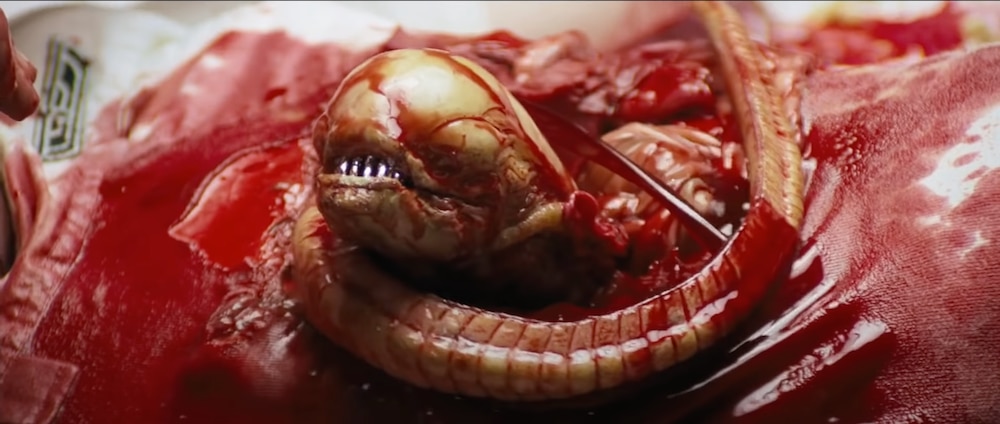Create a free profile to get unlimited access to exclusive videos, sweepstakes, and more!
Guinea worms are real life chestbursters and they’re taking shelter in our dogs
That guinea worms exist at all is bad enough, but messing with our dogs is going too far.

In the classic sci-fi horror film Alien, the crew of the Nostromo encountered a vicious extraterrestrial entity perfectly adapted for violence. Perhaps more terrifying than even the xenomorph itself, was its parasitic life cycle, using human bodies as a vessel for producing the next generation of alien monsters.
After incubating in the abdomen, the baby xenomorph bursts forth from the chest, ready to carry on the cycle. Unfortunately, this sort of parasitic relationship doesn’t exist only on the silver screen. Our very own body-bursting parasites exist right here on Earth, in the form of Guinea worms.
Relief programs have made incredible progress in reducing the number of Guinea worm infections in humans over the last several decades. Those efforts, however, are hitting a new roadblock.
New research by Robbie McDonald from the Environment and Sustainability Institute at the University of Exeter, and colleagues, outlines how Guinea worms are seeking refuge in cats and dogs, complicating the road toward eradication. Their findings were published in the journal Current Biology.
“It is possible that this pathway has always been important,” McDonald told SYFY WIRE. “The combination of large-scale fisheries, seasonal lagoons, and large dog populations may come together to enable this transmission route. It’s also possible that small populations of worms have adapted to new pathways.”
Guinea worm larvae infect water sources where they are consumed by water fleas. The fleas are then consumed by people by drinking unfiltered water. Once inside the body, the larvae incubate and grow for about a year. Eventually, they migrate through the body, usually to the legs, where a painful blister forms. Seeking relief from the pain, people wash the blisters in water where the worm emerges from the body and releases the next generation of larvae.
The whole process is traumatic and debilitating, but for the last few decades things have been on an upswing. In the ‘80s there were millions of Guinea worm infections recorded in humans every year. In 2020 there were only 27.
Relief workers and scientists were hopeful that Guinea worm infection might soon be eradicated entirely, becoming only the second human illness in history to be entirely removed from the planet.
Improved access to clean drinking water has largely disrupted the Guinea worm life cycle, but controlling infection in animals has proven more difficult. In 2020, more than 90% of all observed infections occurred in dogs, where the parasite undergoes a similar life cycle. Instead of water fleas, dogs appear to obtain the parasite from consuming fish infected with larva.
“Dogs are effectively taking the place of humans in the worm’s life cycle. The adult worms mature, and the female grows to the point where it sheds its larvae into the environment,” McDonald said.
While dogs can’t pass the parasite on to humans directly, they are providing a new life cycle pathway, allowing the Guinea worm to persist. Currently, there are no treatments or vaccines for Guinea worms. Though scientists are working on a treatment for dogs.
“It would be used prophylactically, or in response to a positive test, to prevent worm emergence and cut off the life cycle. There are no so few humans affected that it is unlikely that drug treatments for humans will ever be developed,” McDonald said.
In the meantime, eradication programs are ongoing, using a number of measures including continued water treatment, disposal of fish remains, and surveillance of animals to drive the numbers lower.
If we’re fortunate, through these efforts and additional treatments for affected animals, before much longer it could be game over, man, game over, for the Guinea worm.


























